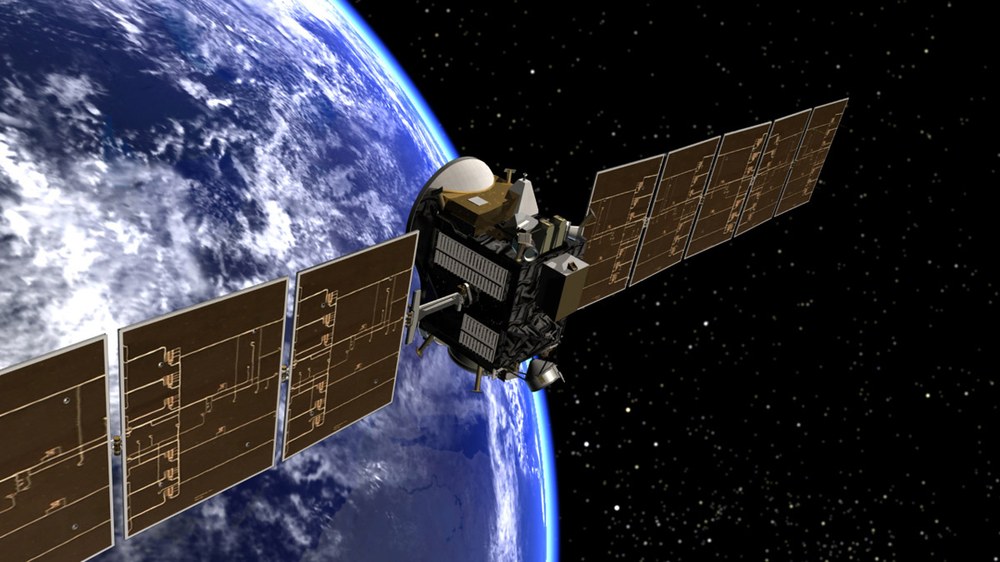Brochure: Dawn (2011)
Mission to the Asteroids Vesta and Ceres



The camera system on board Dawn is Germany's contribution to the mission. Two identical models of the Framing Camera are installed on the spacecraft – an important safety factor because should one of the two cameras fail, the other will guarantee the smooth progress of the mission.
There are two reasons for such a high degree of reliability, as the camera system has two main tasks. On the one hand it acquires images of the surface of the target asteroids with a high degree of precision. On the other hand, it is an indispensable tool for the spacecraft's navigation, as its approach to Vesta and Ceres will be 'visual'.
The camera is a first-class instrument for mapping and examining irregular and cratered surfaces, and collects data at varying distances from Vesta and (later) Ceres from various angles relative to the surface. As well as a panchromatic filter, a filter wheel also provides seven different colour channels whereby visible and near infrared light in the wavelengths between 450 and 920 nanometres is captured. The wavelengths of the individual filters have been selected to, not only image the surfaces of Ceres and Vesta in 'real colour', but also draw conclusions about the composition and physical properties of the topmost layer, the regolith, of these celestial bodies.
Each of the two framing cameras consists of an image sensor in the focal plane, a telescope with a focal length of 150 millimetres above, and an electronics box containing a data processing unit and storage below. The camera system is referred to as a Framing Camera because the core of the instrument is a 1024 × 1024 pixel digital flat panel sensor. Germany's contribution to the Dawn mission was developed and implemented as an intensive and far-reaching cooperation between German research institutes and companies.
The Framing Camera was developed and built under the leadership of the Max Planck Institute for Solar System Research (MPS) in Katlenburg-Lindau, in cooperation with the DLR Institute of Planetary Research in Berlin-Adlershof and the Institute for Data Technology and Communication Networks of the Technical University Braunschweig. The MPS developed the camera casing, including the filter wheel, the cover plate and electronics box and tested the whole system for space qualification. As the overall manager of the experiment, the MPS is also responsible for operating the camera during the whole mission. All imaging is scheduled and coordinated in cooperation with the DLR Institute of Planetary Research, where all image data and products are archived.
The electronics unit of the camera with the light-sensitive sensors and readout electronics was developed and built at DLR. Kayser-Threde supplied the optics for the sensor part. The Institute for Data Technology and Communication Networks provided the data processing module. The Framing Camera is based on the development of instruments on the European Rosetta, Venus Express and Mars Express missions. German scientists from DLR, the MPS, the Freie Universität Berlin and the Westphalian University of Münster are involved in the Dawn mission.
